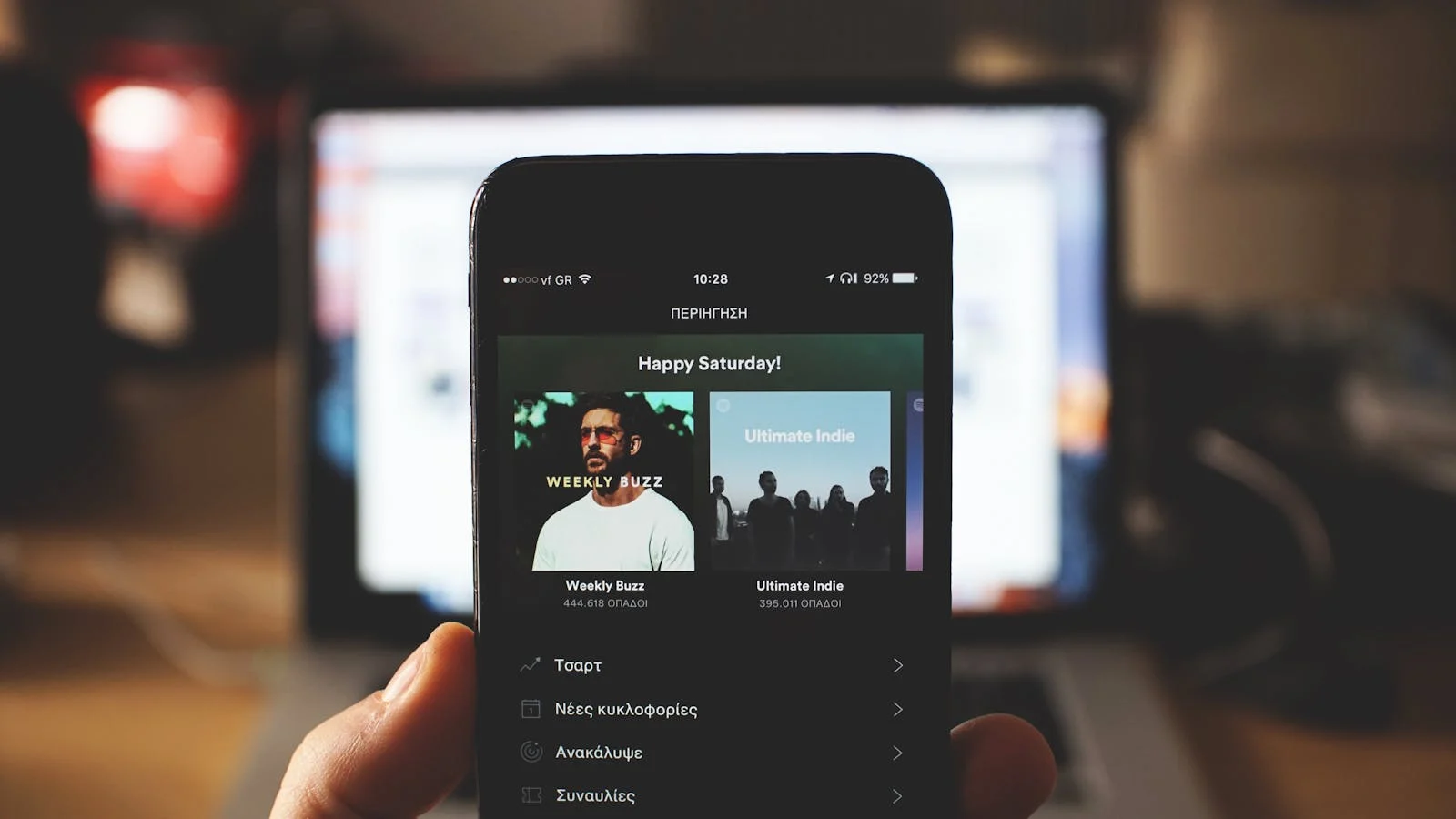
Personalization is at the forefront of contemporary e-commerce strategies. This marketing technique tailors a user’s online shopping experience to their unique preferences.
The benefits of personalized experiences for online retailers are vast. The successful incorporation of personalization can transform how a consumer shops online. It enables brands to craft messages that resonate, build trust, enhance online engagement and improve conversion rates.
Here’s how:
Personalization Improves the Customer’s Shopping Experience
The internet can feel like an endless marketplace. The sheer volume of products, options, and deals can overwhelm shoppers. This makes it difficult to find what they need or choose between countless similar items.
In this sense, it contrasts with the simplicity a shopper may feel strolling through their city’s high street. Shoppers have a connection to the shop windows they pass. But the traditional high street has the same shops for all shoppers. This is irrespective of each shopper’s tastes and interests.
Personalization bridges this gap. It turns the infinite possibilities of online shopping into a curated experience. It’s like having a personalized high street designed for each shopper’s preferences. It offers familiarity while delivering a customized selection of products tailored to their needs.
How do the world’s biggest brands incorporate personalization into their e-commerce marketing strategy? Here are some widely used e-commerce personalization strategies.
Customer Data Collection and Analysis
Users are often skeptical about sharing personal information with large corporations. In fact, people are increasingly requesting for their data to be removed. But, in most cases, these insights are used for their benefit.
Brands like Netflix use viewing history and ratings to create personalized recommendations. This offers a unique experience for each user. Similar algorithm-based methods are used on YouTube, TikTok, and Instagram. Research shows users often find content that perfectly matches their interests.
Meanwhile, Amazon – albeit a somewhat controversial organization – expertly uses personalization. It recommends products bought alongside previously purchased items with increasing accuracy.
The continued growth and sophistication of data collection and analysis will enable promising smaller brands to be discovered quicker. This is due to the accurate deployment of personalization to customers.
Personalized Email Campaigns
In a world of rapidly advancing digital communication, some believe email campaigns are no longer effective. However, email campaigns remain a powerful tool for marketers. In fact, Forbes suggests it’s among the most efficient and cost-effective methods of reaching audiences directly.
Brands such as Nike and Sephora elevate their email marketing strategies. They use artificial intelligence and personalization. They send personalized emails with product recommendations based on past purchases.
They also send special offers for birthdays and restock notifications. This direct communication makes members feel valued and tempted to continue making purchases.
Dynamic Websites and Apps
Spotify’s adaptation of personalization is exemplary. The revolutionary Swedish streaming service conceptualized by Daniel Ek has always centered its ethos on providing each user with a unique experience.
Ek’s company was among the first to personalize the consumption of music legally. Users could curate their playlists to suit a mood instead of listening to an album on vinyl or CD.
Today, the annual November drop of Spotify Wrapped provides users with statistics and insights. These are based on their listening habits from the previous year.
Other organizations have taken inspiration from Spotify’s personalized experience. Even Trainline, an online British platform for purchasing public transport tickets, provides statistics. They report on the most popular train stations and carbon emissions saved on particular journeys.
Final Thoughts
Personalization was once a trend adopted by a few innovative marketers. However, it has since evolved into a fundamental aspect of modern e-commerce marketing.
By providing each user, shopper, or consumer with a unique experience, they feel more connected to brands. They also become more engaged with the content they consume and more likely to make repeat purchases.
Personalization isn’t going away any time soon. Data suggests that the marketing technique has grown by 50% since 2022. It is expected to continue growing at a similar rate.
For those wondering how to use personalization in e-commerce marketing, the implementation is specific to each business. However, there is one common theme: it’s not necessarily something that’s going to help you build a brand initially, or increase immediate sales.
Personalization is much more about developing longer-lasting relationships with invested customers who already feel a certain loyalty.









